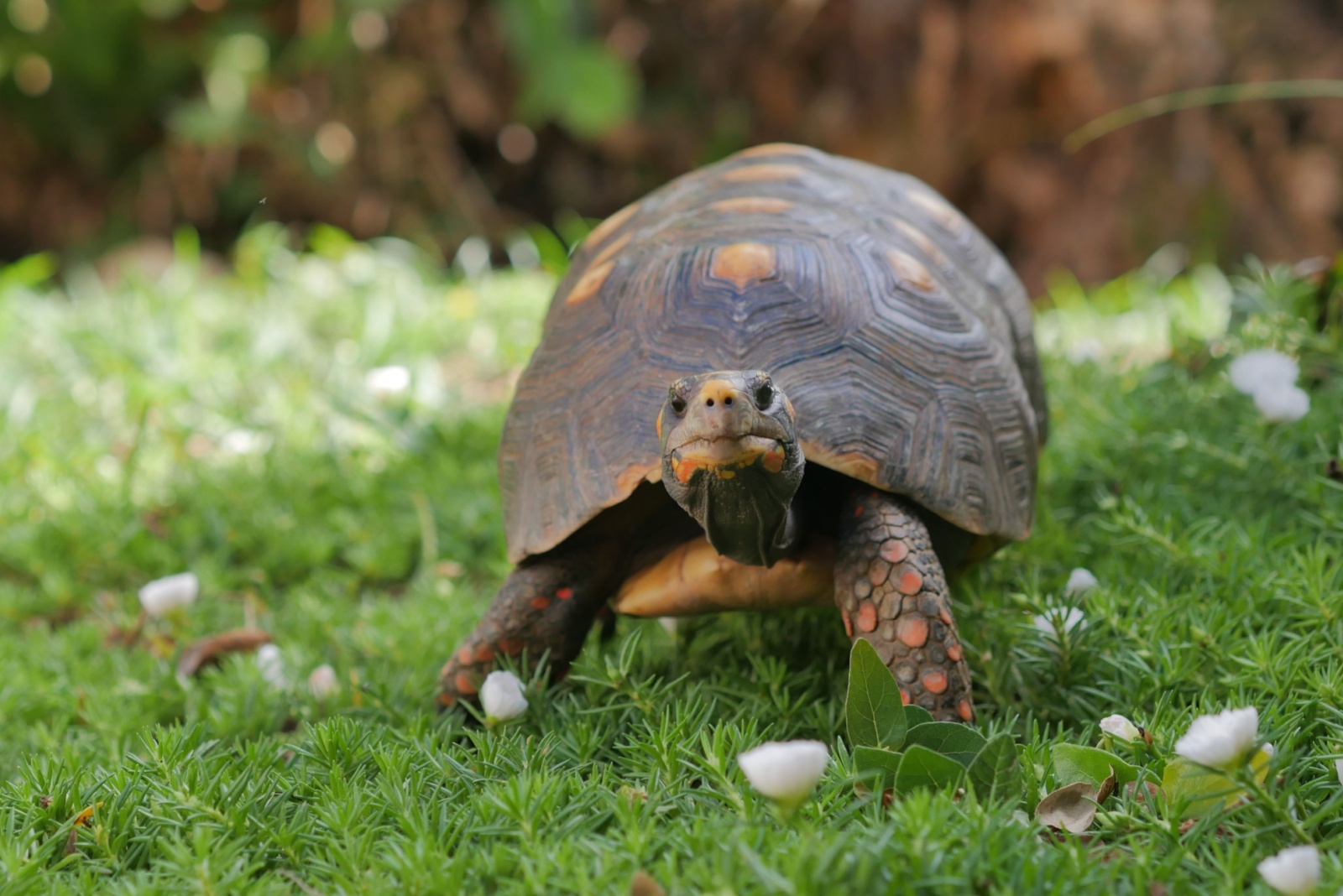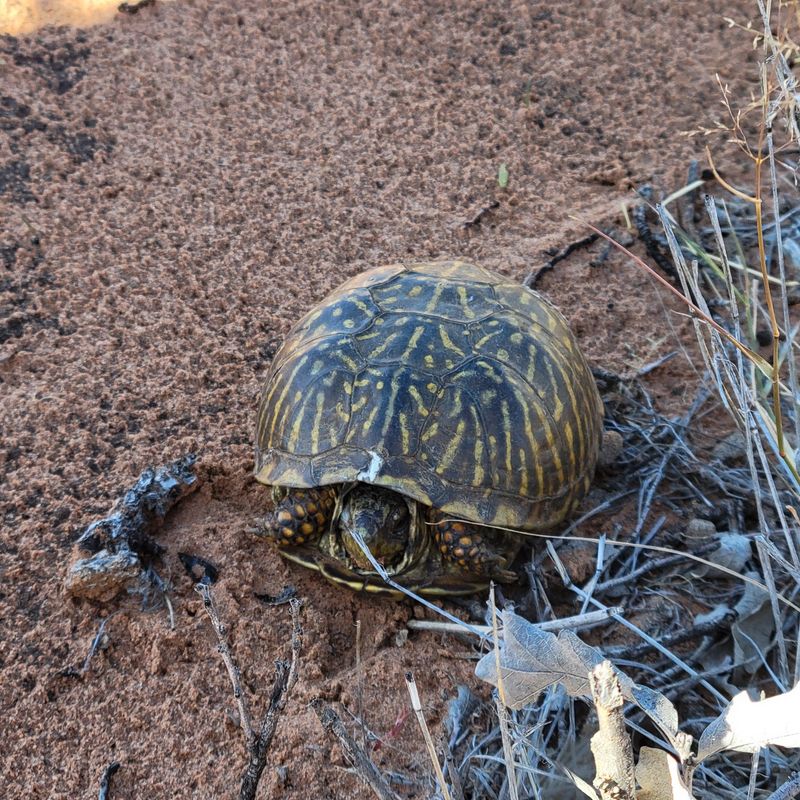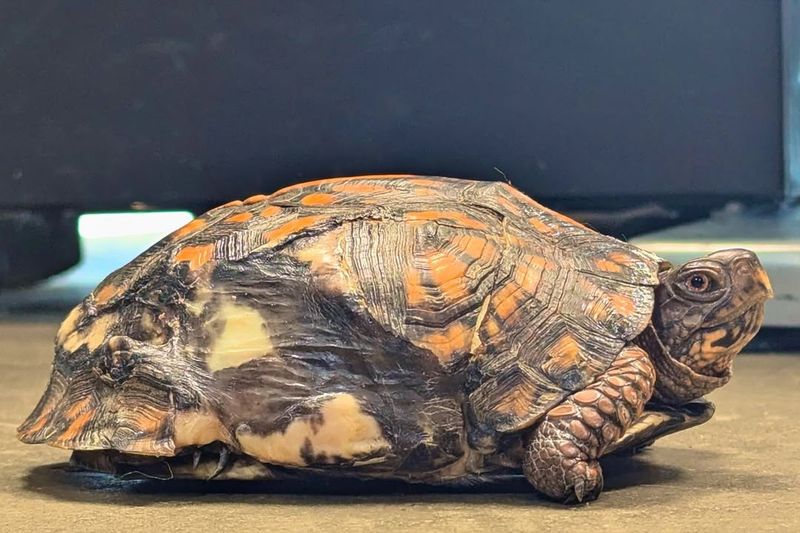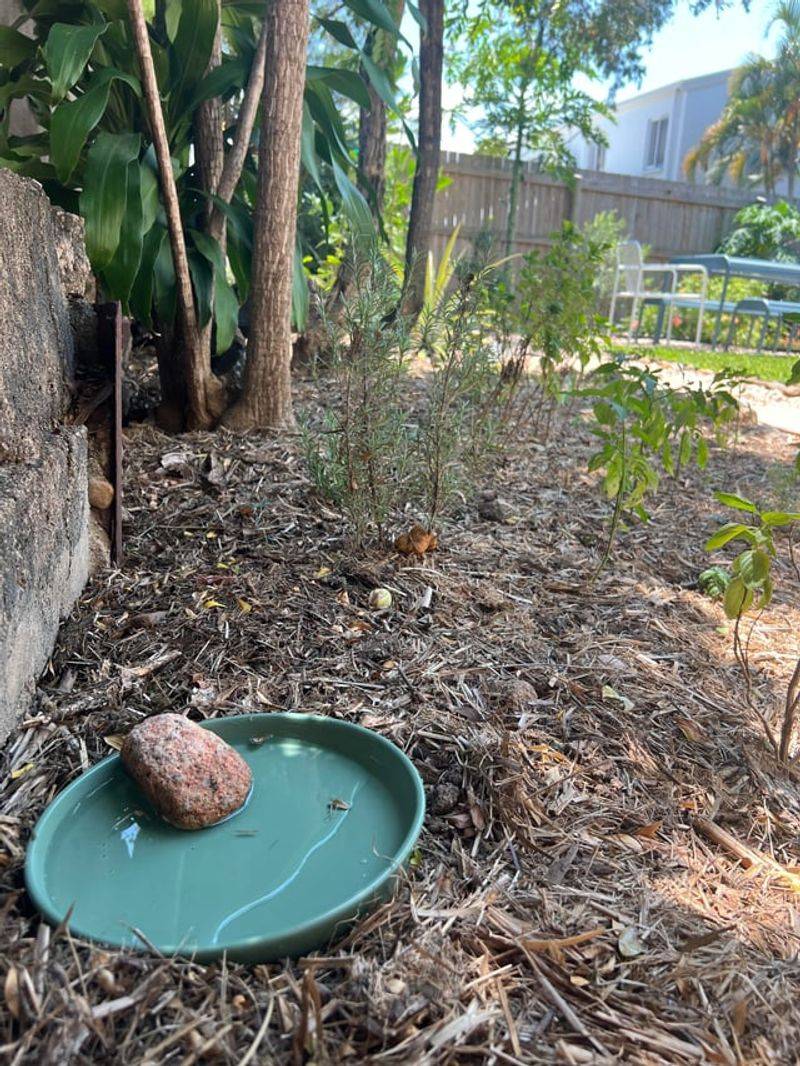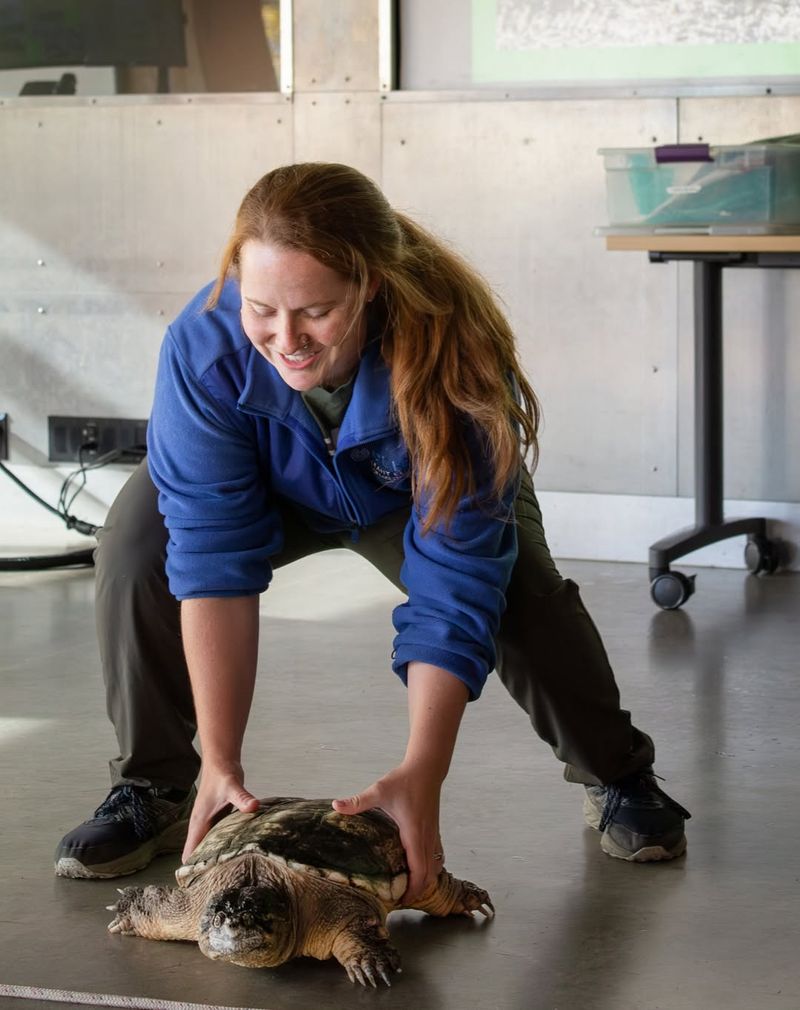A turtle in your Colorado yard can throw you for a loop, and quick instincts often make or break the moment. I know the surprise feels like a curveball, yet a calm approach keeps the situation on the right track.
A turtle rarely causes trouble, but smart moves protect you and the visitor. This guide points to eight actions that cut through panic, prevent mistakes, and keep the turtle’s safety front and center. When a shell suddenly shows up, a clear plan saves the day.
1. Stay Calm And Keep Your Distance
Your first reaction might be excitement or worry, but staying calm is key. Turtles are naturally shy creatures that can become stressed when approached too quickly. Give the animal plenty of space to move freely without feeling threatened.
Watch from several feet away rather than hovering over it. Sudden movements or loud noises might cause the turtle to retreat into its shell or try to escape in an unsafe direction. Patience allows you to observe its behavior and decide your next steps wisely.
2. Identify The Species Carefully
Colorado is home to several turtle species, with the ornate box turtle being the most common in yards. Look at the shell pattern, colors, and size to help with identification. Box turtles typically have dome-shaped shells with yellow or orange markings.
Snapping turtles and painted turtles also live in Colorado but usually stay near water. Knowing what type you’re dealing with helps you understand whether it belongs in your yard or needs relocation. Take photos from a safe distance for later reference if needed.
3. Check If The Turtle Is Injured
Gently look for any signs of harm without picking up the turtle unnecessarily. Cracks in the shell, bleeding, or difficulty moving could indicate injury from cars, predators, or lawn equipment. Limping or unusual behavior also signals potential problems.
If you spot injuries, contact a local wildlife rehabilitation center immediately. Avoid trying to treat wounds yourself, as improper care can make things worse. Professional help gives injured turtles the best chance at recovery and eventual release back into nature.
4. Provide Fresh Water Nearby
Turtles need hydration, especially during hot Colorado summers. Place a shallow dish of clean water near the turtle, making sure it’s not too deep. The water level should only reach partway up the shell so the turtle won’t struggle or drown.
Change the water regularly to keep it fresh and clean. Many turtles will soak themselves to rehydrate and regulate body temperature. This simple gesture can help a tired or dehydrated turtle regain strength before continuing its journey through your neighborhood.
5. Avoid Relocating Unless Absolutely Necessary
Many people assume turtles need to be moved, but relocation can actually harm them. Box turtles have small home ranges they know intimately, and moving them even short distances causes confusion and stress. They may spend months trying to return, facing dangers along the way.
Let the turtle continue on its path unless it’s heading toward immediate danger like a busy road. Natural wandering is normal behavior, especially during breeding season. Respecting their journey shows true wildlife appreciation.
6. Keep Pets And Children At A Safe Distance
Curious dogs and excited kids can unintentionally harm or stress turtles. Dogs might bite, paw, or carry turtles around, causing serious injuries. Children, though well-meaning, may handle turtles roughly or drop them accidentally.
Teach kids to observe wildlife respectfully from afar rather than touching. Keep dogs leashed or indoors until the turtle moves along. Salmonella bacteria on turtle shells poses health risks too, making hands-off observation the smartest choice for everyone involved in your household.
7. Create Safe Passage Across Your Yard
Make the turtle’s journey through your property as easy as possible. Move lawn furniture, tools, or decorations that might block its path or create hiding spots where it could get stuck. Clear routes help turtles pass through quickly and safely.
If your yard has fencing, check for gaps the turtle might squeeze through or get trapped in. Temporary barriers can guide the turtle toward safer areas. Simple adjustments to your outdoor space can prevent accidents and ensure smooth passage to its destination.
8. Contact Wildlife Experts If Needed
Sometimes situations require professional knowledge beyond basic observation. Colorado Parks and Wildlife can provide guidance about local turtle populations and regulations. Wildlife rehabilitators handle injured animals, while animal control helps with persistent problems.
Never attempt to keep wild turtles as pets, as this is illegal in Colorado without proper permits. Experts understand species-specific needs and legal requirements better than most homeowners. Reaching out ensures turtles receive appropriate care while you stay compliant with wildlife protection laws in your community.

